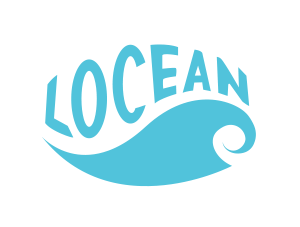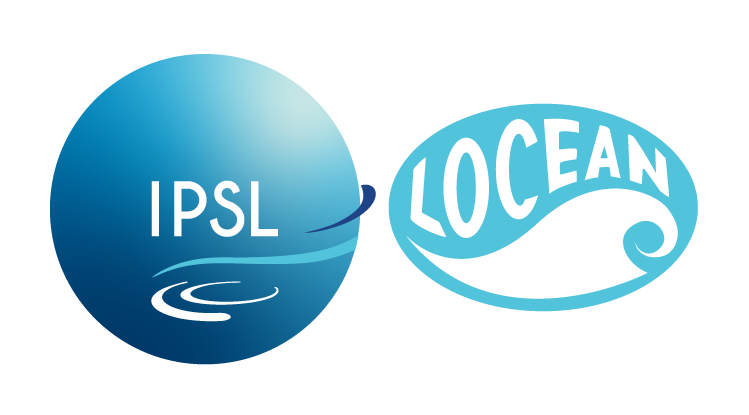
Séminaire
A new paradigm for isopycnal analysis and isopycnal ocean models
Rémi Tailleux (University of Reading): A new paradigm for isopycnal analysis and isopycnal ocean models
Sorbonne Université 4 place Jussieu 75005 Paris Sorbonne Université LOCEAN Couloir 45-55 4e étage pièce 417
Description
The concept of density surfaces holds fundamental importance in physical oceanography, being central to the empirical analysis of ocean water masses as well as to the theoretical study of the ocean circulation. Physically, the need for such surfaces arises from the idea that thermodynamic and energetics constraints severely restrict the range of lateral directions along which fluid parcels can be stirred and mixed. In Eulerian z-coordinate models, this view is expressed in the idea that the mixing tensor used to parameterise the mixing of heat and salt should mix separately along the isopycnal and diapycnal/vertical directions using Redi rotated diffusion, to avoid the occurrence of spurious diapycnal mixing. In Lagrangian isopycnal coordinates model, the view is that such constraints restrict the diapycnal flow of the density variable on which such models are based. However, how to define isopycnal surfaces is notoriously made difficult by the thermobaric nonlinearity of the equation of state, which causes colder fluid parcels to be more compressible than warmer parcels. In this talk, I will review the different ways that have been developed to think about the issue, as well as the solutions proposed so far to address it, before presenting a new paradigm for isopycnal analysis that appears to resolve many of the previous difficulties. The new paradigm is based on the introduction of a new form of quasi-neutral density variable, called thermodynamic neutral density, whose isosurfaces are defined to lie flat in a notional state of rest. Among its advantages, this new variable defines a form of Ertel potential vorticity that is more conservative that previous definitions. It is also more naturally connected to diapycnal mixing, is informed by the theory of available potential energy (APE), has a well-defined geostrophic streamfunction (Montgomery potential) for use in isopycnal coordinate models. Moreover, in most of the ocean, fluid parcels moving along the iso-surfaces thus defined are closely neutral according to three different definitions of the term.
Informations dates et horaires
Date & Time: Wed May 24 2023 11:00:00 GMT+0200 (Central European Summer Time)
Room: salle du LOCEAN, couloir 45-55, 4ème étage, pièce 417
Lien zoom: https://cnrs.zoom.us/j/91928864121?pwd=alM0MEhBazR5cUM3c1p1a3p5SVFxdz09


